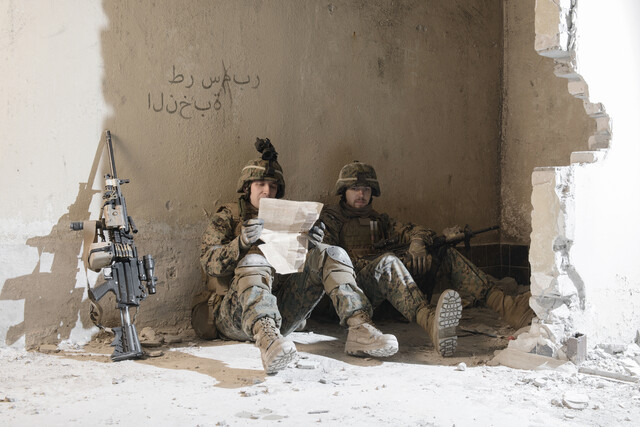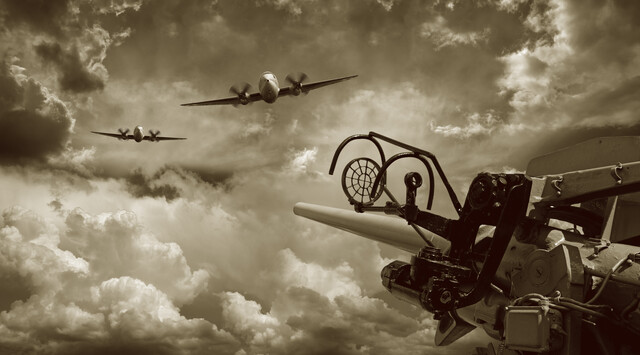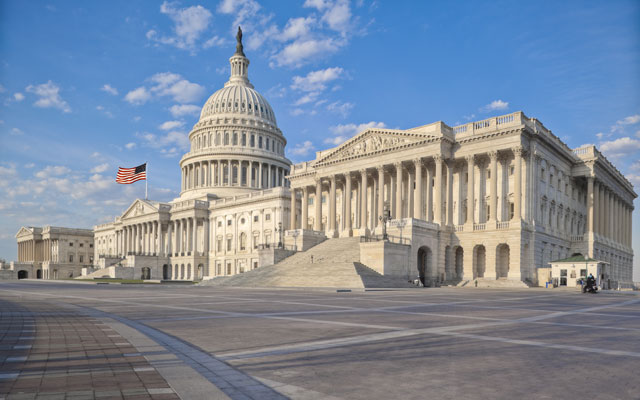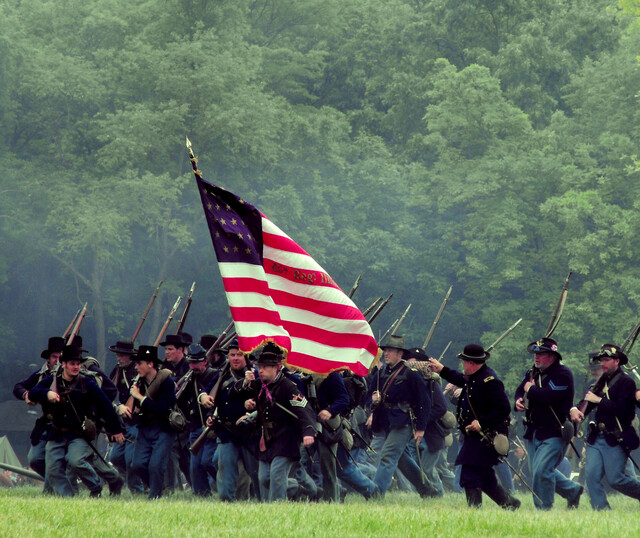Lesson 1. From Deserts to Dynasties: A Brief History of Early Middle East
Kuwait and Iraq lie at the northern tip of the Persian Gulf, forming an integral part of the Arabian Peninsula's diverse yet harsh landscape characterized by arid deserts and sparse water sources. This geographical setting influenced the region's historical narratives, from ancient kingdoms to the Islamic conquests that defined the emirate of the Middle East.
Lesson 2. Shiites versus Sunnis: Beyond the Headlines
Sunnis, encompassing the majority of Muslims, guide their lives by the Sunna and the Koran, valuing community consensus to elect their leaders, unlike Shias who focus on Ali's lineage. Sufism, separate from these primary sects, is a mystical version of Islam that some see as a supplementary spiritual path.
Lesson 3. Mapping Iraq and Kuwait: Geography Meets History
Iraq's political landscape consists of provinces with cities like Baghdad and Basra holding economic and cultural importance, while religion plays a critical role, with Islam being predominant. Kuwait has no political parties but features political blocs, with the capital and major cities showcasing its urban focus amid a largely inhospitable terrain.
Lesson 4. Behind the Frontlines: Leaders and Influencers of the Gulf Conflict
Major personalities of the Gulf War ranged from the pragmatic Secretary General of the UN, Javier Decuellar, to the decisive Commander in Chief, Norman Schwarzkopf. Their actions attempted to navigate the tense geopolitical landscape and strategize an effective military response.
Lesson 5. Gulf War & Middle Eastern Terminology: An Introduction
This glossary introduces key terms related to the Gulf War, including military equipment such as the A-10 Thunderbolt and logistics concepts like Area of Operations. It also covers regional entities and historical contexts, providing a comprehensive backdrop for understanding the complex geopolitical landscape.
Lesson 6. An In-Depth Analysis of Gulf War Vocabulary: Part Two
This lesson offers detailed definitions of key Gulf War and Middle East terms, focusing on logistical and tactical military elements and significant geopolitical entities. By exploring equipment like the M1A1 tank and organizations like the PLO, students can better understand the complex dynamics of the Gulf War.
Lesson 7. An In-Depth Analysis of Gulf War Vocabulary: Part Two
This lesson offers detailed definitions of key Gulf War and Middle East terms, focusing on logistical and tactical military elements and significant geopolitical entities. By exploring equipment like the M1A1 tank and organizations like the PLO, students can better understand the complex dynamics of the Gulf War.
Lesson 8. Saddam's Ascent: From Peasant to Power
The Baath Party, rooted in Arab nationalism and socialism, exerted considerable influence in Iraq, particularly under Saddam's leadership. Internal schisms within the party, however, led to power splits between Iraqi and Syrian branches, each dominated by dictatorships.
Lesson 9. Between Shahs and Ayatollahs: A Precursor to Modern Middle Eastern Politics
Lebanon's stability crumbled in the early 1980s under the pressure of fundamentalist forces led by the Palestinian Liberation Organization, causing the nation to spiral into civil war. Interventions by Israel, Syria, and even U.S. marines failed to prevent the rise of extremist control, influencing broader regional dynamics.
Lesson 10. Saddam's Strategic Calculations: Weaponry and Justifications
Leveraging sophisticated arms from global suppliers, Saddam aimed to extend his influence by invading Kuwait, justified through a mix of historical claims and financial motivations. This lesson details the strategic use of his military arsenal to dominate neighboring Kuwait swiftly.
Lesson 11. Saddam's Strategic Calculations: Weaponry and Justifications
Leveraging sophisticated arms from global suppliers, Saddam aimed to extend his influence by invading Kuwait, justified through a mix of historical claims and financial motivations. This lesson details the strategic use of his military arsenal to dominate neighboring Kuwait swiftly.
Lesson 12. Forging the Modern Warrior: The Evolution of the U.S. Military Post-Vietnam
The U.S. military's transition to a volunteer force after 1975 fostered a new military sub-culture that excelled in readiness and innovation. The Gulf War epitomized this change, introducing groundbreaking technology that redefined battle tactics.
Lesson 13. A Sudden Offensive: Iraq's Bold Move Against Kuwait
The sudden and forceful occupation of Kuwait by Iraqi forces in 1990 resulted in appalling human rights violations and left the small nation under the iron grip of Saddam Hussein's military might. Facing the potential threat to Saudi Arabia, the U.S. and its allies recognized the urgent need for a strategic coalition to counteract Iraq's aggressive expansion.
Lesson 14. Mobilizing America: Strategic Decisions and Global Implications
The unexpected aggression from Iraq against Kuwait forced the United States into reevaluating its foreign policies in the Middle East. As Kuwait's brave resistance waned, an expansive coalition rallied to stabilize the volatile region against Saddam's ambitions.
Lesson 15. Desert Shield Unveiled: The Coalition's Defensive Strategy
Anticipating potential aggression by Iraq, the U.S.-led Coalition strategically positioned forces in Saudi Arabia, altering military plans from defensive to offensive operations. Logistical excellence and international cooperation were crucial in preparing for the impending Operation Desert Storm.
Lesson 16. Under Pressure: Coalition Challenges and Jordan's Dilemma
The U.S.-led naval blockade in 1990 marked a critical step in the Gulf War, as tensions with Iraq intensified with each interception of maritime vessels. Saddam Hussein's economic and military capabilities were under siege, as debates over enforcement strategies revealed internal Coalition conflicts.
Lesson 17. Air Assault: The Beginning
Operation Desert Storm's air campaign began with a coordinated strike led by Apache helicopters, destroying Iraqi early-warning radar and opening the skies for follow-up missions. Coalition forces, using advanced technology, overwhelmed Iraq's defenses with precision attacks on key targets, showcasing U.S. air superiority.
Lesson 18. Operation Desert Storm: Ground Battle Insights
Operation Desert Storm's ground phase commenced to quickly wrap up the conflict as bombing raids elicited international empathy for Iraq. The Battle of Khafji marked a pivotal moment, showcasing Coalition resilience against a surprise Iraqi attack, ultimately turning the tide with a decisive counteroffensive.
Lesson 19. War's Conclusion and Media Revolution
Although Coalition forces defeated Iraq, the decision not to overthrow Saddam Hussein left unresolved tensions, leading to future conflicts in the region. Media's role in the Gulf War signaled a new era of warfare journalism, with real-time coverage altering the narrative and influencing public opinion globally.
Lesson 20. The Pivotal Gulf War Timeline
The 1990 Gulf War ignited when Iraq accused Kuwait of economic offenses and annexed the nation, escalating regional tensions. The conflict ended with coalition forces led by the U.S. reclaiming Kuwait through a strategically executed ground offensive.



16 Hours average completion time
1.6 CEUs
20 Lessons
28 Exams & Assignments
18 Videos
21 Reference Files
Mobile Friendly
Last Updated December 2025



















